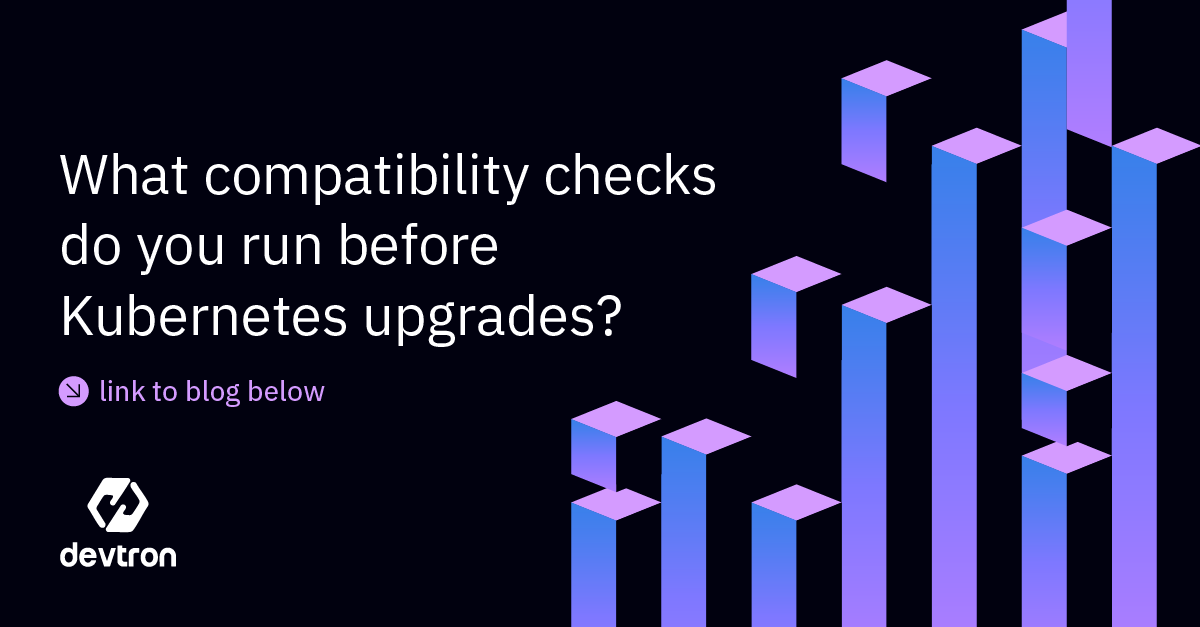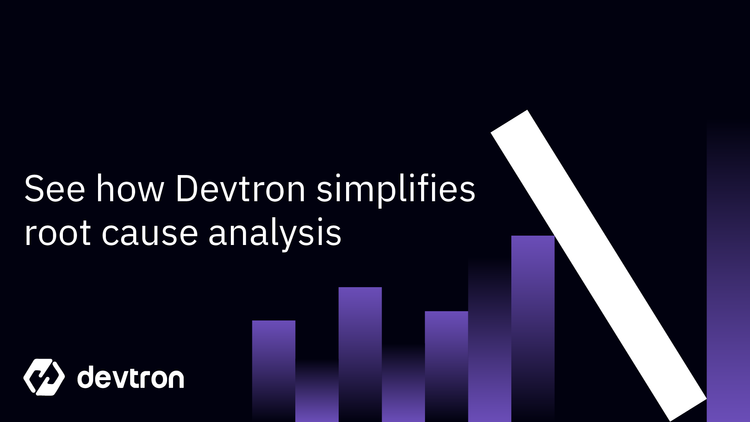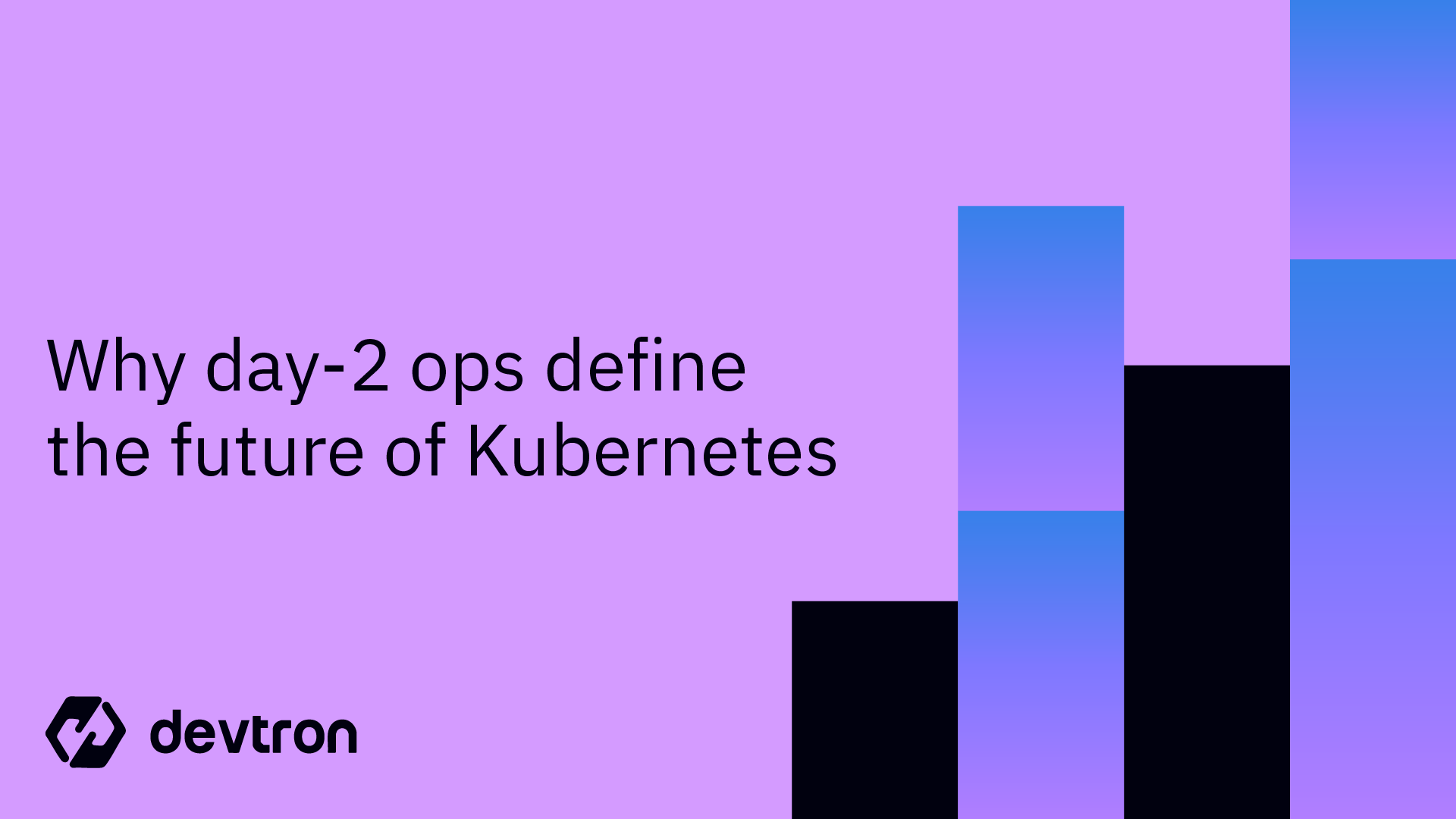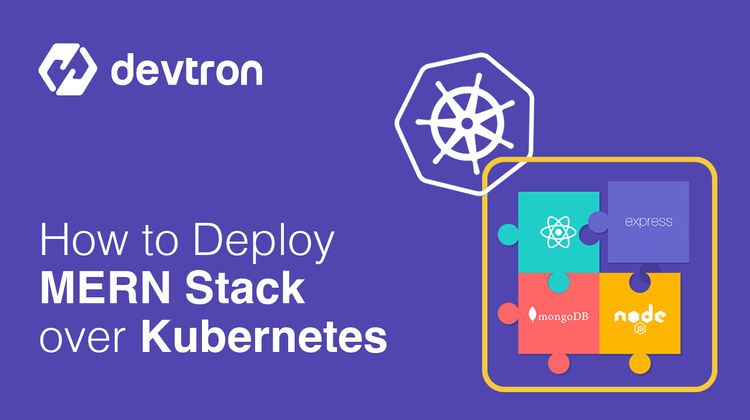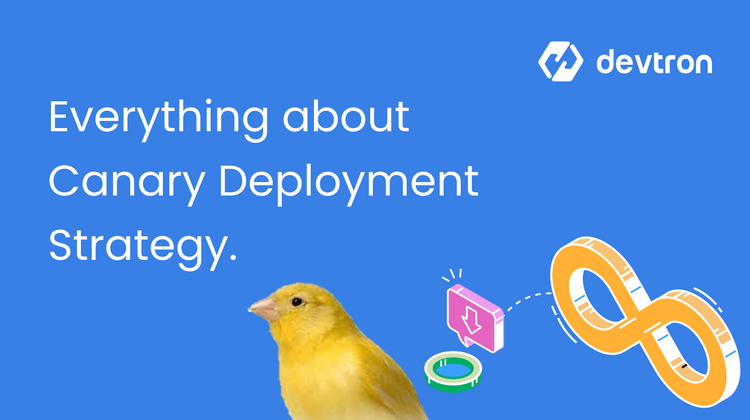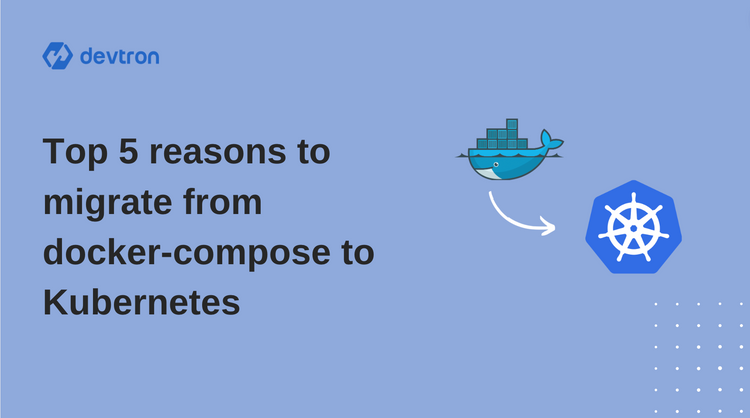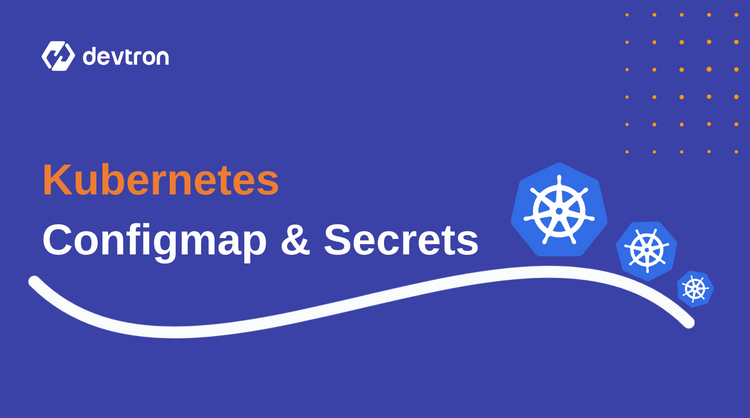Traditional approaches using disparate monitoring, deployment, and security tools create dangerous blind spots. Unified platforms transform this chaos into predictable operations by consolidating upgrade compatibility checks, API deprecation scanning, and workload analysis into cohesive workflows.
Kubernetes
Platform engineers spend 60% of their time on incident response, hunting through disconnected dashboards. Devtron consolidates Kubernetes operations into one unified view—showing what broke, why it happened, and how to fix it. No more context switching. Just faster resolutions and less firefighting.
Getting Kubernetes running wasn't the problem. One infrastructure lead put it bluntly: "We spent six months migrating. We've spent two years learning how to actually run the damn thing with stability in production." That's Day-2. And it's where most organizations actually live.
TL;DR: The author talks about how to deploy the MERN Stack application on Kubernetes with the easiest possible way with just few clicks, abstracting all K8s complexities using Devtron.
Automate SSL certificates in Kubernetes using Let’s Encrypt, cert-manager, and Devtron. Enable free SSL automation, seamless renewals, and secure HTTPS for your apps with zero manual effort.
TL;DR: Canary strategy is a gradual rollout of new software version to a small subset of users for real-user traffic testing before rolling out to a broader audience.
TL;DR: Learn how to migrate Docker Compose applications to Kubernetes using Devtron’s intuitive UI. This step-by-step guide covers setup, CI/CD, scaling, and zero-downtime deployments, plus a sneak peek at Devtron’s upcoming Agentic AI for intelligent scaling and optimization.
Master the art of using ConfigMap & Secrets in Kubernetes. Get insights on their crucial role and learn to manage them seamlessly with Devtron.


